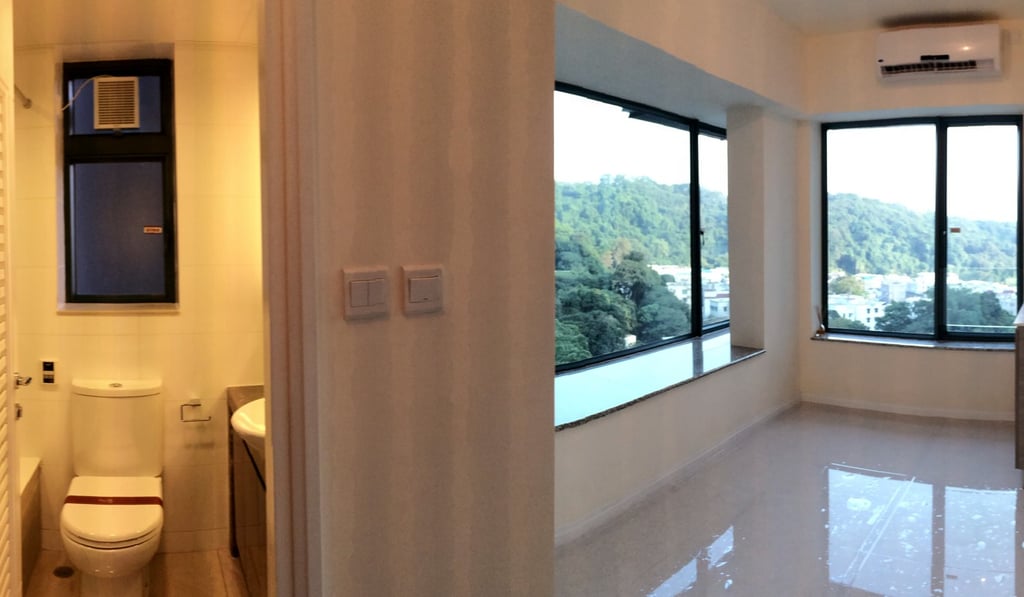From micro flats to macro housing policy, Hong Kong lags far behind New York
Oren Tatcher says Hong Kong and New York both face housing affordability crises amid challenges such as hot money inflows, but the difference is the wealthy Asian city’s total disregard for quality, with ever-shrinking and insanely priced ‘family’ flats

Five years ago, Michael Bloomberg, then New York mayor, proudly launched a micro-flat rental building project in Manhattan. At 300 sq ft, the units in the pilot scheme were well below the 400 sq ft minimum legal size for New York; Bloomberg thought such flats were necessary to attract the young talent priced out of the city’s housing market. News reports showed Bloomberg walking around a full-size mock-up of the small but sensible floor plan, as if to reassure the public that the flats would meet even the standards of their billionaire mayor.
Our leaders are better at talking about numbers than the actual quality of people’s living quarters
We are unlikely to see Leung Chun-ying or Carrie Lam Cheng Yuet-ngor showing off a mock-up of one of our new micro flats, and who can blame them? When it comes to housing, our leaders are better at talking, from a safe distance, about numbers – land sales, stamp duty, units under construction – than about the actual quality of people’s living quarters.
Historically, there are many similarities between New York and Hong Kong housing. Both cities went through boom years when the majority of residents found shelter in shanty towns, tenements and, in the case of Hong Kong, rudimentary public housing.
Living little in the Big Apple
The rise of the middle classes in New York led to improved housing options after the second world war, and Hong Kong saw gradual improvement in the size and quality of government housing, as well as the emergence of middle-class private housing developments, since the 1970s. Both cities are of late going through a housing affordability crisis, with global capital distorting the local marketplace and tilting it heavily towards investor luxury properties.

But this is where the similarities end. New York housing remains problematic, but Hong Kong is in a league of its own. Many parties share the blame: government land policies designed to ensure high revenue through artificial land scarcity; developers who long ago realised they could get away with building poor-quality, undersized units for the mass market; mainland capital, for which Hong Kong is an easy outlet. But the buying public, treating flats as tradeable commodities rather than places to live in, is also at fault. The recent apprehension about micro flats seems to be more about the amount of saleable area (shockingly low) and cost per square foot (shockingly high) than about their quality.
Hong Kong developers rush to build ever smaller homes
In New York, buyers and agents talk about light and views, layout and fit-out. Little wonder that the micro flats produced under the New York scheme, the result of a city-sponsored design competition, have received rave reviews since they became available last year. Markets tend to get what they demand.
The most important difference [with New York] is the lack of alternatives